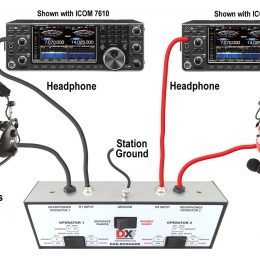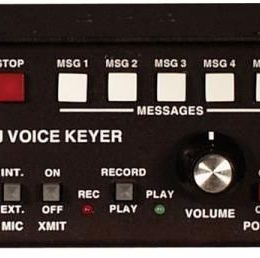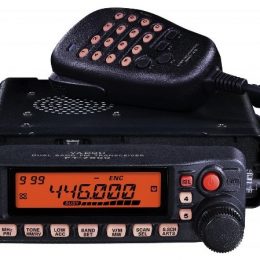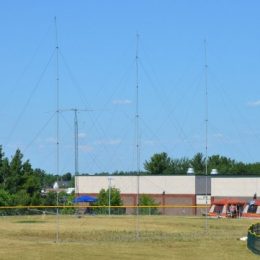Technical Articles
Transformers for Impedance Matching One of a transformer’s important functions is impedance transformation. Impedance transformation is just changing the ratio of voltage-to-current in one winding to a different ratio of […]
Clifton Labs / Technical Articles
(Editor’s Note: The following article is from the archives of experimenter, inventor, friend of the Ham Radio community, and founder of Clifton Laboratories, Jack Smith, K8ZOA (SK).) This page presents […]
Technical Articles
In Part 1 of our series on low-powering contesting, we looked at the basic equipment you’ll need. Today, let’s touch on a few tips on competing, contest resources, and opportunities […]
Technical Articles
Field Day was fun, wasn’t it? Maybe you’re thinking, “I can do that from home!” And so you can—this discussion is about how to have some success with a modest […]
Technical Articles
After getting a license, there are so many things to learn! One of the biggest (and the most fun) is what you learn as you choose your radio. This article […]
Technical Articles
Want to get the best possible coverage in a marginal location, like inside a building or down in a valley? A repeater system can rebroadcast your transmitted and received signals […]
Technical Articles
Most Hams associate the term “DX” with the HF bands. It’s understandable. After all, as conventional wisdom states, the HF bands allow international, global communication, while the VHF bands are […]
Antenna Tech / Technical Articles
For Yagi antenna do-it-yourselfers, one of the most important and problematic steps in the building process is deciding on the best method of matching the feedpoint of a low-impedance Yagi […]
Technical Articles
You’ve got a mobile radio and separation kit. You’re ready to begin installation. Now comes the most important question—where do I mount the antenna? Sometimes I think it’s a conspiracy […]
Antenna Tech / Technical Articles
Whether you’re operating at Field Day or a multi/multi contest station, one of the biggest problems is too many stations in a small area. So how do you control interference […]











